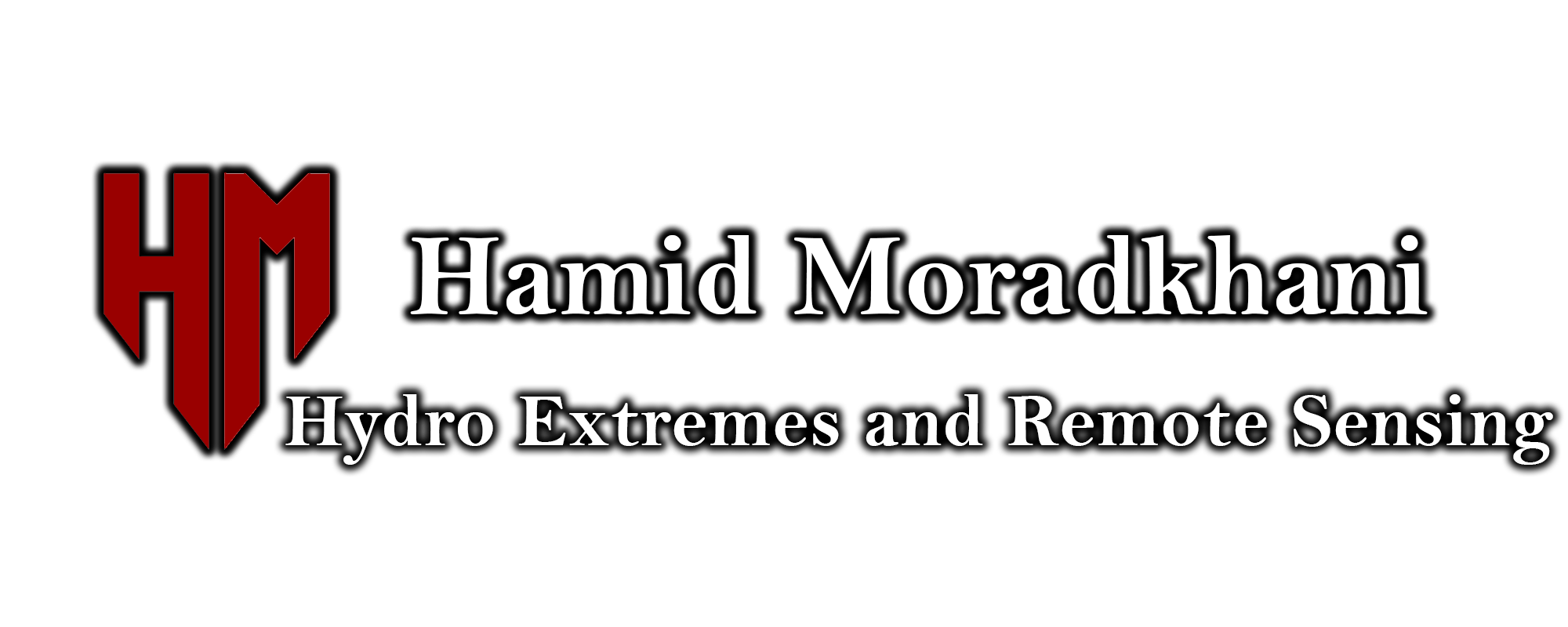Drought Monitoring and Forecasting
This section of research highlights cutting-edge research in drought monitoring and forecasting, showcasing the development and application of advanced probabilistic models including Copula functions and data assimilation techniques aimed at enhancing the accuracy and reliability of drought monitoring and predictions. Through the integration of Bayesian statistics, remote sensing data, and machine learning methods, these studies provide innovative approaches for monitoring and predicting drought conditions. A variety of modeling frameworks are employed, combining historical data and current technological capabilities to forecast drought severity and duration more precisely. These include probabilistic methods that effectively capture the uncertainties inherent in drought forecasting, allowing for better risk management and preparation strategies. The research also incorporates remote sensing technologies, which play a crucial role in providing timely and accurate assessments of critical hydrological variables. These methods improve our understanding of drought dynamics at both local and global scales, facilitating targeted responses to drought emergencies. Moreover, advancements in computational techniques, such as data assimilation and deep learning, are explored to improve real-time monitoring and forecasting of drought conditions. These technologies enhance the ability to quickly detect and respond to emerging drought events, thereby mitigating potential impacts on agriculture, water resources, and ecosystems. Overall, the studies in this section contribute valuable insights into the mechanisms of drought and present sophisticated tools that aid in the proactive management of drought risks. These contributions are vital for developing adaptive strategies that help communities better withstand and recover from the challenges posed by drought.
- Madadgar, S. and H. Moradkhani (2013), A Bayesian Framework for Probabilistic Drought Forecasting, Journal of Hydrometeorology, special issue of Advances in Drought Monitoring, 14, 1685–1705, DOI: 10.1175/JHM-D-13-010.1
- Madadgar, S., and H. Moradkhani (2014), Spatio-temporal Drought Forecasting within Bayesian Networks, Journal of Hydrology, 512, 134-146, DOI: 10.1016/j.jhydrol.2014.02.039.
- Yan, H., H. Moradkhani, and M. Zarekarizi (2017), A Probabilistic Drought Forecasting Framework: A Combined Dynamical and Statistical Approach, Journal of Hydrology, 548, 291–304, doi: 0.1016/j.jhydrol.2017.03.004
- Hameed, M., A. Ahmadalipour, H. Moradkhani (2018), Apprehensive Drought Characteristics over Iraq: Results of a Multidecadal Spatiotemporal Assessment, Geosciences, Special Issue Drought Monitoring and Prediction, 8, 8, 58.
- Yan, H., M Zarekarizi, and H. Moradkhani (2018), Toward Improving Drought Monitoring using the Remotely Sensed Soil Moisture Assimilation: A Parallel Particle Filtering Framework, Remote Sensing of Environment, 216:456-471, doi: 10.1016/j.rse.2018.07.017
- Almamalachy, Y.S., Al-Quraishi, A., and H.Moradkhani (2020), Agricultural drought monitoring over Iraq utilizing MODIS products, Environmental Remote Sensing and GIS in Iraq, 253-278. https://doi.org/10.1007/978-3-030-21344-2_11
- Xu, Lei., P.Abbaszadeh, H. Moradkhani, N. Chen, X. Zhang (2020) Continental drought monitoring using satellite soil moisture, data assimilation and an integrated drought index, Remote Sensing of Environment, doi: 10.1016/j.rse.2020.112028
- Gavahi, K., P. Abbaszadeh, H. Moradkhani, X. Zhan, and C. Hain (2020) Multivariate Assimilation of Remotely Sensed Soil Moisture and Evapotranspiration for Drought Monitoring, Journal of Hydrometeorology, doi: 10.1175/JHM-D-20-0057.1
- Zarekarizi, M, H. Yan, A. Ahmadalipour, H. Moradkhani (2021), A Probabilistic Framework for Agricultural Drought Forecasting Using the Ensemble Data Assimilation and Bayesian Multivariate Modeling, Book Series: Geophysical Monograph Series, Book, doi: 10.1002/9781119427339.ch8
- Gavahi, K., P. Abbaszadeh, and H. Moradkhani, (2022), How does precipitation data influence the land surface data assimilation for drought monitoring?, Science of the Total Environment, doi:10.1016/j.scitotenv.2022.154916.
- Foroumandi, E., V. Nourani, J. Huang, and H.Moradkhani (2023), Drought monitoring by downscaling GRACE-derived terrestrial water storage anomalies: a deep learning approach, Journal of Hydrology, doi:10.1016/j.jhydrol.2022.128838
- Foroumandi, E., K. Gavahi, and H. Moradkhani (2024), Generative Adversarial Network for Real-time Flash Drought Monitoring: A deep Learning Study, Water Resources Research, doi: 10.1029/2023WR035600.











